This is a problem common to every textile person. What causes these defects? Let's take a look with Xiao Bian
1. Whitening
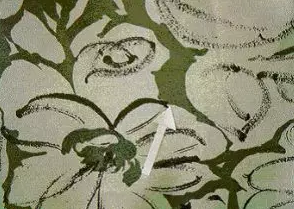
A part of the warp or weft yarn is turned or moved to the front and back of the fabric, and the track left on the pattern resembles the one left after being scratched. The rickets are mostly caused by poor penetration of the colorant and improper handling after printing (diffuse tension, etc.).
2. Print color uneven (spot)
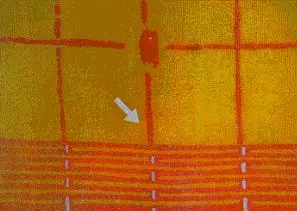
A part of the print becomes a spot that looks like the shape of a sandfish. This rickets occurs when the color paste is not properly visable, the screen mesh is not properly selected, or the patch is uneven.
3. Bleeding
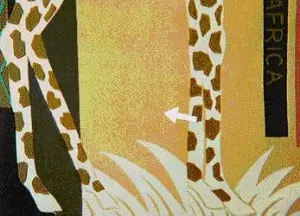
The color of the printed pattern oozes out, the outline of the pattern is not clear, and the color is blurred. Due to the low viscosity of the color paste, the extreme concentration of the dye, the excess amount of the printing ink, or the amount of the moisture absorbent.
4-1. Take a stain (color)
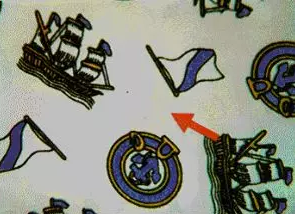
The color of the printed pattern is contaminated with stains caused by other parts. Most of the time, the printing platens are not washed cleanly, and after the printing, the drying does not fully overlap with each other, or the fabrics and the fabrics come into contact with each other in the steaming process. In Japan, some factories use a control method that adjusts the tension of the fabric under rope conditions for thorough washing.
4-2. Take stains (printing plate stains)
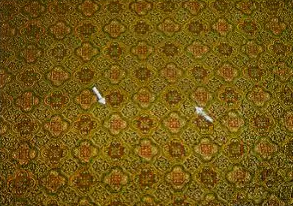
5. Double version color difference (squeegee uneven)
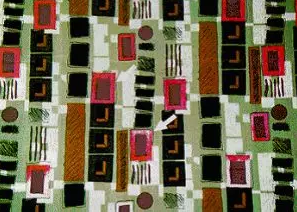
Department of the fabric showed a certain interval of the depth of shade. The rickets occur mostly in the case of screen frames, poor blade installation or uneven squeegee.
6. Insufficient color paste (slurry)
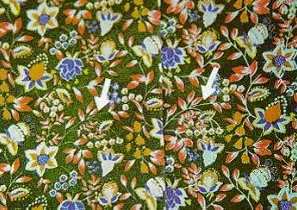
That is, the color of the pattern is lacking. Usually occurs when the paste is not replenished in time, the pressure of the squeegee blade is uneven, the hardness of the squeegee blade is improper, the squeegee blade relay is faulty, the surface of the printing platen is uneven, and the color paste viscosity and the slurry are inappropriate.
7. Bad flower joints (printing)
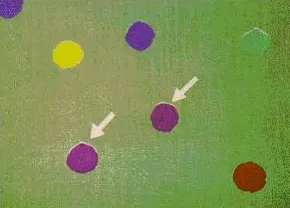
Flower patterns are overlapped or inconsistent (disengaged). Mostly caused by poor conveyor belt adjustment or incorrect adjustment of the desk plate rules, affecting the accuracy of the flower position.
8. Flower version misplaced (sets, inaccurate)
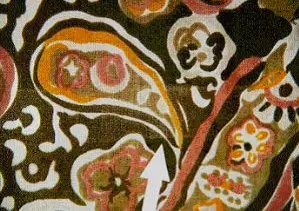
Misplaced printed products. Most of them occur in the case of inaccurate flowers, poor engraving, poor patching, etc.
9. Edition box mark (frame printing, take off)
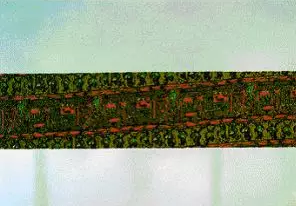
The printed part shows abnormal streaks in the shape of the pattern plate. Mostly due to poor conveyor belts, improper installation of the pattern frame, etc.
10. Bend (flower shape askew)
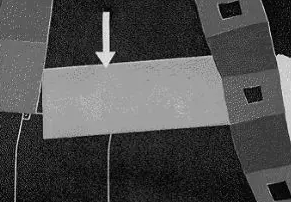
That is, the pattern is inclined or curved for the warp and weft yarns of the fabric. It usually happens when the printed grey cloth (silk) itself has weft or bad seams or desk cloth is skewed.
11. Color point
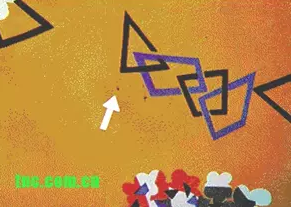
Dot-like color smudges. Usually occurs when undissolved dyes or impurities are attached to the color paste
12. Rubbing stains (drag) 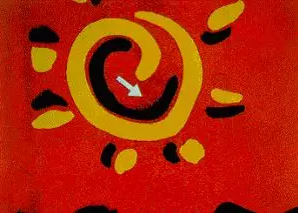
Department of contact with foreign matter in the print pattern has not been fully dry, rubbing the color of the pattern part, and stained to other parts of the defect formed. This defect often occurs when the printed fabric is dragged or touched by carelessness due to insufficient drying of the printed fabric.
13. Dye splash (screen bouncing, spattering, bulk contamination)
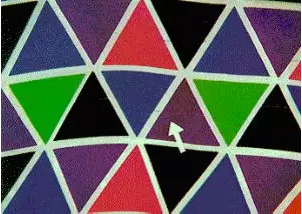
The stain is caused by the splash of color paste. The defects are often caused by the high printing speed of the cylinder printing, the improper movement of the screen in the screen printing, and the inappropriate viscosity of the color paste.
14. Yarn stains
It is the yarn-like contamination caused by the yarn tail of the printed fabric (cloth) on the printed fabric. Due to the poor handling of the yarn in the printed fabric (cloth).
15. Deep side (medium-deep, shallow side)
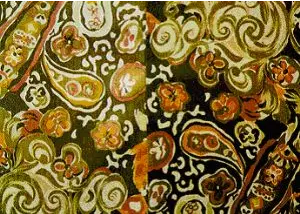
That is, the hue or depth of the cloth on both sides and one side and the cloth is not the same. This is due to poor fabric training or bleaching works or poor screen frame, squeegee blade installation, uneven squeegee pressure, and improper padding or color development.
16. joint take color (joint color)
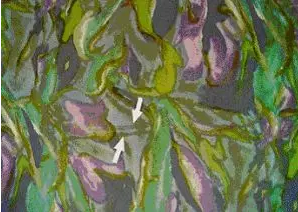
The seams formed on the fabrics are colored or the fabrics show signs of joints on the printed interlinings. This usually occurs when the joints of the fabric or printed backing are too large or the seams overlap too large.
17. Printing water stains
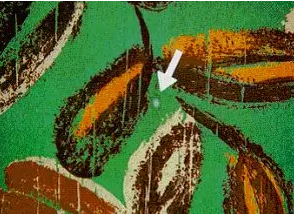
It is a stain or spot caused by water droplets. This is due to the fact that the fabric is dripped or splashed with water droplets for a period of time before the end of steaming after printing.
18-1. Scraper Bars

That is, the belt-like contamination in the radial printing appears in the roller printing. The rickets occur when the pressure of the printing blade is insufficient or impurities adhere.
18-2. Scraper Blades (Dragging)
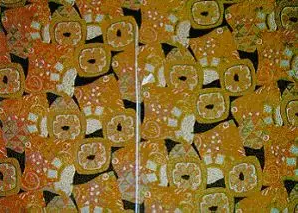
19. Printed wrinkles
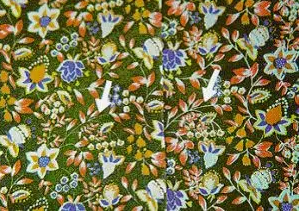
It is a stripe-shaped unprinted portion that appears due to wrinkles in the printed fabric. Most of them occur due to wrinkling of printed fabrics , poor sewing heads, excessive application of tension, and wrinkling of printed interlinings.
20. Color is not clean or poorly stained
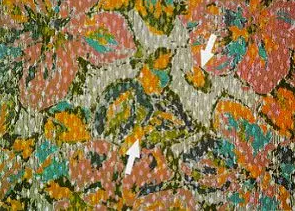
The effect of pulling white, color or anti-inking is not clear. More often occurs in the case of improper control, discharge of paste, color paste, squeegee pressure or hair color (vaporization) conditions.
21. Color paste chapped

Department of printing due to color paste cracks caused by the pattern defects. More due to improper post-printing or color paste viscosity is inappropriate.
22. Rope streaks
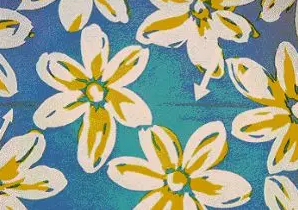
Traces formed by traces of cords or rods used in the steaming process are left on the calico. More often occurs when the temperature of the steaming process is too high or the setting temperature is too low.
23. Rope strips
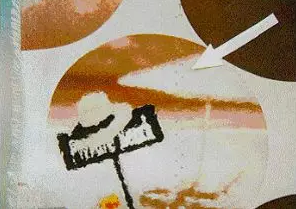
This is due to discoloration or staining caused by the printing cloth contacting the string or rod in the steaming process. Mostly caused by vapor condensation on the string or rod.
24. Detaching or scarring
It is due to the needle or cloth clip of the stenter or the abnormality caused by the inside. Due to the poor stitching or defect of the stenter, the track is not normal and the width of the fabric is abnormal.
25. White spots
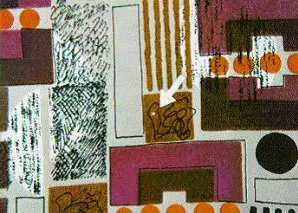
It is a defect formed by the fact that a part of the pattern cannot be printed. More often than not, the presence of foreign matter or fabric yarns or foreign matter on the screen film causes the color paste not to print.
26. Cracking
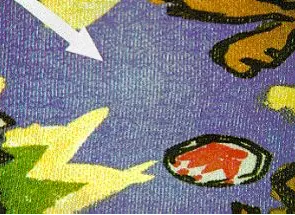
It is exposed when the fabric is stretched or the fabric is bent. In many cases, color paste viscosity, screen mesh, squeegee pressure and other conditions caused by poor penetration of color paste occurs.
27. Ripples (cloud spots)
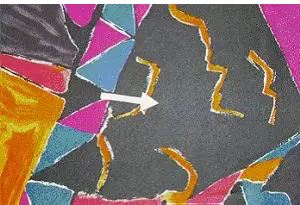
The ripples appear on the printed pattern. More often than not, when the screen groove of the screen or the pattern groove of the printing roller and the yarn organization of the printing fabric overlap each other and cause interference.
For more content, please follow this site
Formal Dresses,Cocktail Dresses,Semi Formal Gown,Corset Evening Gown
SHAOXING LIDONG TRADING CO.,LTD , https://www.lidonggarments.com